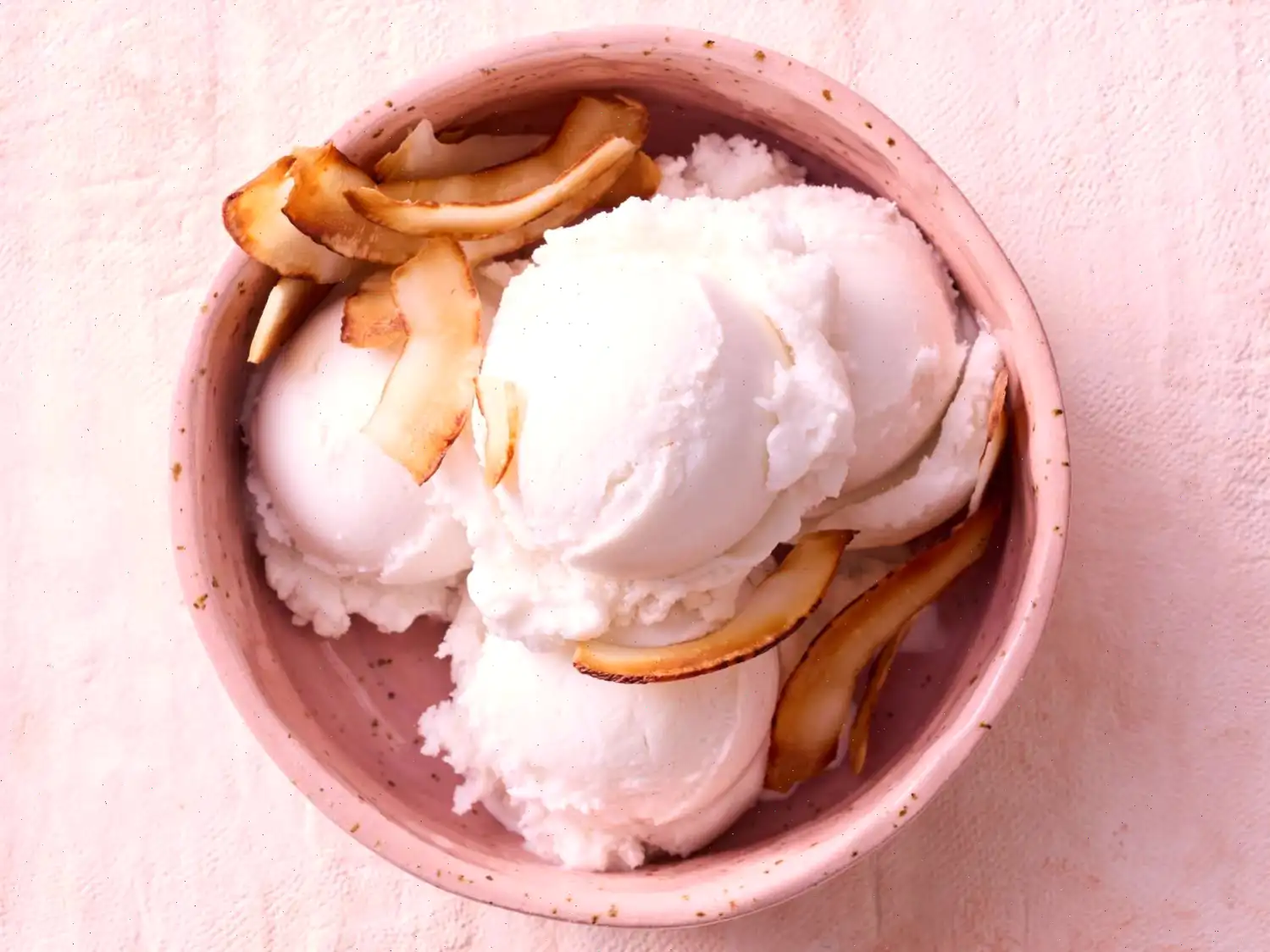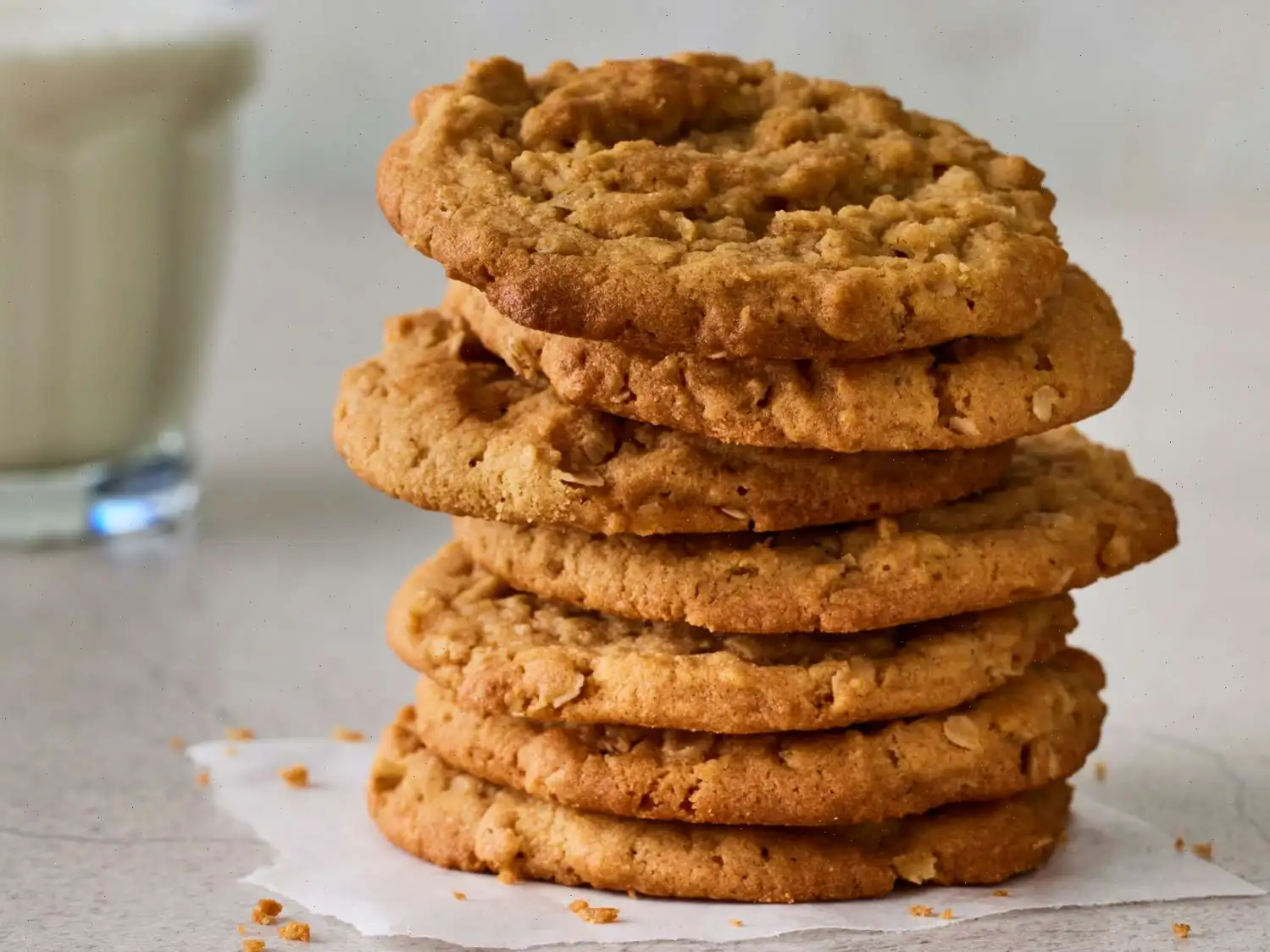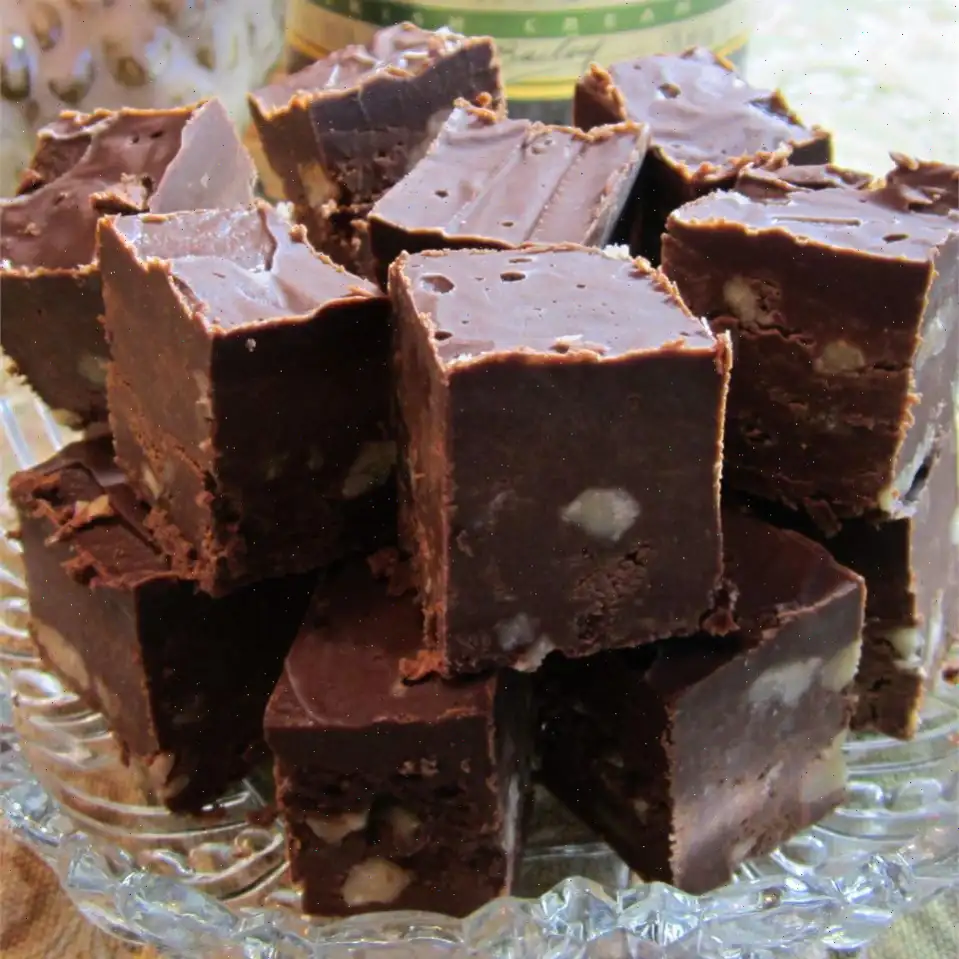
Coconut Milk Ice Cream Recipe
A creamy and naturally dairy-free treat, this coconut milk ice cream is easy to make and delightfully smooth. Sweetened just right and flavored with a touch of vanilla, its perfect for a refreshing dessert on any day.
Ingredients
- 1 (13.5 ounce) can unsweetened coconut milk
- 1/3 cup white sugar
- 1 1/2 teaspoons vanilla extract
- 1/8 teaspoon salt
Directions
- In a small bowl, whisk together the coconut milk, sugar, vanilla extract, and salt until the sugar is completely dissolved.
- Cover and refrigerate the mixture until it is thoroughly chilled, for at least 2 hours.
- Pour the chilled mixture into an ice cream maker and churn according to the manufacturers instructions until it reaches a soft-serve consistency.
- Transfer the ice cream to an airtight and freeze for at least 4 hours or up to 3 months for a firmer texture.
Nutrition Facts (per serving)
- Calories: 346
- Total Fat: 8g (10%)
- Saturated Fat: 7g (35%)
- Cholesterol: 0mg (0%)
- Sodium: 274mg (12%)
- Total Carbohydrate: 68g (25%)
- Dietary Fiber: 0g
- Total Sugars: 67g
- Protein: 1g (1%)
- Vitamin C: 0mg (0%)
- Calcium: 19mg (1%)
- Iron: 1mg (7%)
- Potassium: 92mg (2%)
*Percent Daily Values are based on a 2,000 calorie diet. Your daily values may vary depending on your calorie needs. Nutrient information is based on available data. Consult your doctor or dietitian if following a medically restrictive diet.
The Origins of Coconut Milk Ice Cream
Coconut milk ice cream is a modern twist on traditional frozen desserts, blending tropical flavors with dairy-free innovation. While ice cream has been enjoyed for centuries across Europe and Asia, coconut milk as a base emerged from regions where coconuts are abundant, such as Southeast Asia and the Caribbean. Historically, these areas used coconut milk in a variety of sweet treats long before refrigeration became widespread. The creamy texture and natural sweetness of coconut milk made it a perfect substitute for dairy in ice cream, appealing to both lactose-intolerant individuals and those seeking exotic flavors.
Regional Variations
Across different regions, coconut milk ice cream takes on unique forms. In Thailand, it is often paired with sticky rice and tropical fruits, creating a dessert called "Khao Niew Maprao Ice Cream." In the Caribbean, it is typically flavored with rum or local spices, offering a richer, aromatic experience. In the United States and Europe, coconut milk ice cream is widely available in health-conscious markets, often enhanced with chocolate chips, nuts, or vanilla to mimic traditional flavors while remaining vegan-friendly. These variations highlight how a single base ingredient can be adapted to local tastes and culinary traditions.
Differences from Similar Desserts
Unlike traditional dairy ice cream, coconut milk ice cream is naturally cholesterol-free and lower in lactose. Its texture tends to be slightly softer and more custard-like due to the high fat content of coconut milk, which provides creaminess without cream. Compared to sorbets, which are water-based and icy, coconut milk ice cream is smoother and richer. Unlike gelato, which relies on milk and eggs for its silky texture, this dessert achieves a luxurious mouthfeel entirely through plant-based ingredients.
Typical Serving Settings
Coconut milk ice cream is versatile in presentation. It is commonly served in cafes, dessert bars, and vegan-friendly restaurants. It can also be found at street food stalls in tropical regions, often scooped alongside fresh fruit or crispy wafers. At home, it is a popular choice for summer gatherings and holiday treats, offering a refreshing alternative to traditional ice cream while accommodating dietary restrictions. Its vibrant flavor profile makes it a standout in dessert platters and gourmet menus alike.
Interesting Facts
- Coconut milk ice cream became particularly popular with the rise of plant-based diets in the 21st century.
- Its high saturated fat content, primarily from coconut oil, gives it a naturally creamy texture even without dairy.
- Many artisanal producers experiment with infusions of lavender, matcha, or exotic fruits, showcasing the adaptability of coconut milk as a base.
- In some cultures, coconut milk ice cream is enjoyed as part of festive traditions, such as Lunar New Year celebrations in Southeast Asia.
- Unlike many frozen desserts, it freezes well for long periods without losing flavor, making it convenient for both households and commercial vendors.
FAQ about Coconut Milk Ice Cream Recipe
Comments
Anthony Wright
03/15/2025 11:29:01 PM
Didn’t think something so simple could taste so good.








